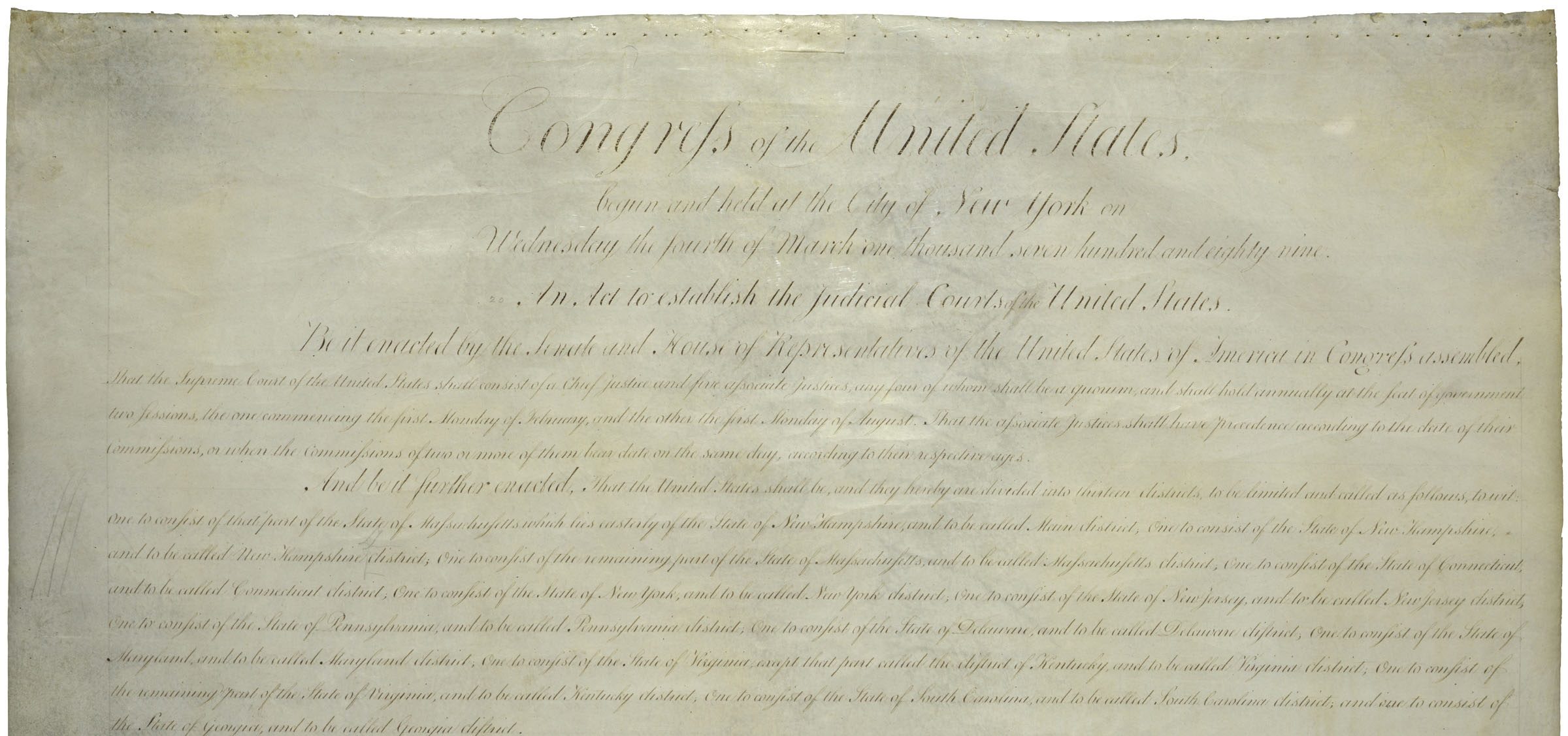In United States v. Bartunek, No. 19-1584 (8th Cir. Aug. 12, 2020), the Eighth Circuit holds that it was error for a police investigator to testify about a message left anonymously outside a suspect’s home – a traffic cone with the word “chimo” (for “child molester”) written near the bottom. The conviction stands, though, because the error did not warrant a mistrial.
The defendant was convicted for possession and distribution of child pornography. Among other evidentiary issues on appeal, the defendant challenged the following testimony: “In response to the prosecutor’s question whether he saw anything ‘unusual’ in 2013” when he went to investigate a tip, the investigator testified that as he approached Bartunek’s residence, he observed a large traffic cone on a vehicle in the driveway with the word ‘chimo’ written near the bottom.” Defendant moved to strike the testimony under Fed. R. Evid. 401, 403, and 404, and moved for a mistrial.
On appeal, the Eighth Circuit notes in a hearsay objection apparently overlooked by the defense: “An objection to testimony about the word ‘chimo’ printed on a traffic cone in Bartunek’s driveway in 2013 would have been well taken. Even accepting that Bartunek’s reaction to the visit from investigators had marginal relevance to this case, the traffic cone was not part of Bartunek’s reaction. There was no testimony that Bartunek authored the inscription, and the government does not argue that it was an admission by the defendant. If some unidentified third party sought to label Bartunek as a child molester in 2013, then the statement was obviously hearsay and inadmissible for the truth of the matter asserted.”
Nevertheless, the panel affirms the conviction, holding that the admission of the traffic-cone evidence was not prejudicial enough to warrant a mistrial: “The court gave a limiting instruction that the jury should not consider the entire line of testimony from the investigator as evidence of any crime. The reference to “chimo” was an isolated comment by one witness. There was no explanation of the meaning of the term. The prosecution did not mention the traffic cone during opening statement or closing arguments. In light of the extensive evidence of child pornography seized from Bartunek’s residence, other evidence about Bartunek’s sexual interest in minors and history of viewing child pornography, and the minimal likely impact of the traffic cone when viewed in context of the entire trial, we conclude that there was no abuse of discretion in denying a mistrial.”
